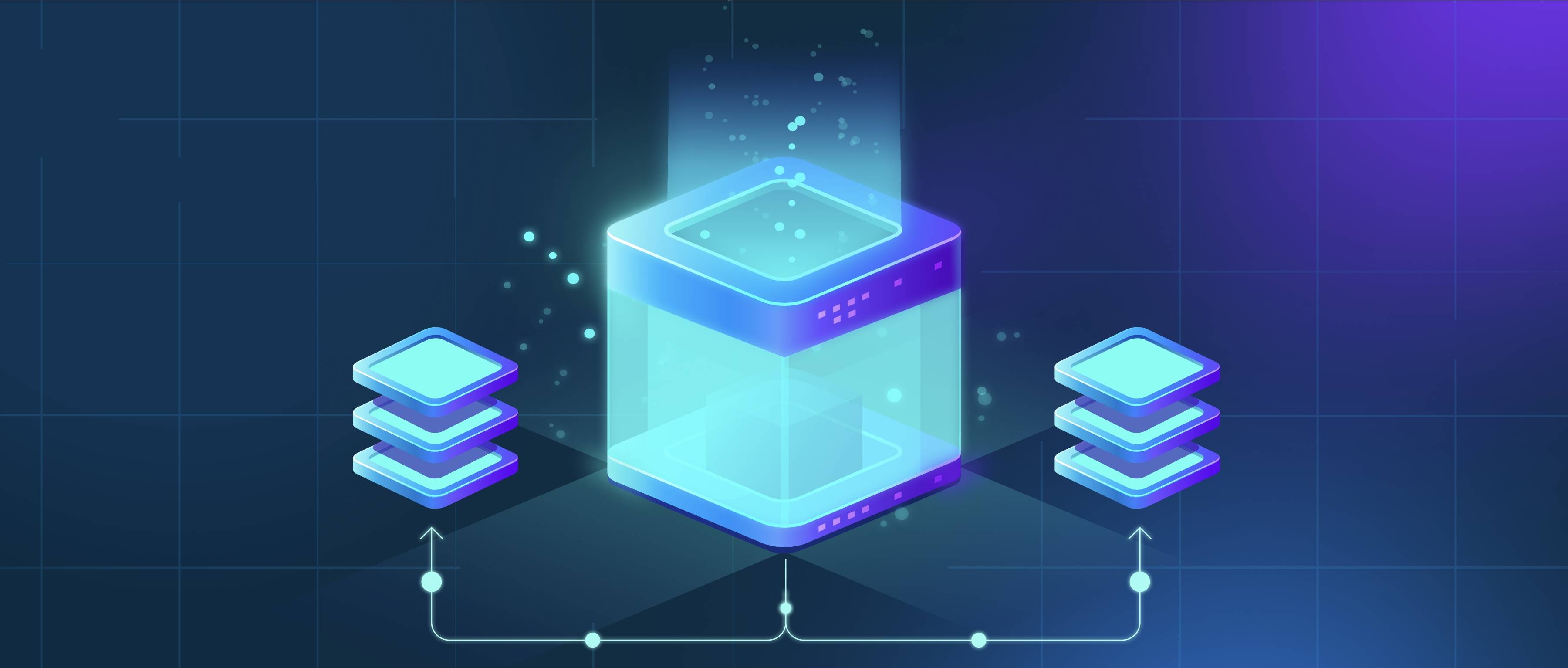Tree-based indices (like Annoy’s random projection forests) and graph-based indices (such as HNSW) differ in how they organize data and perform searches, leading to distinct trade-offs in speed and recall. Tree-based methods partition data hierarchically using hyperplanes, creating multiple independent trees. During search, they traverse these trees to collect candidate neighbors. Graph-based methods like HNSW construct a network of interconnected nodes, where search navigates through the graph by hopping between neighbors to refine results. These structural differences directly impact their performance characteristics.
Search speed favors graph-based indices in most practical scenarios. HNSW achieves fast query times by leveraging its hierarchical layers and small-world properties, which allow it to skip irrelevant regions of the dataset efficiently. For example, searches in HNSW often scale logarithmically with dataset size. In contrast, tree-based approaches like Annoy require traversing multiple trees (a "forest") to gather candidates, which introduces overhead. While Annoy can parallelize tree traversals, the need to query all trees to ensure reasonable recall limits its speed advantage. For instance, in high-dimensional datasets, HNSW often outperforms Annoy by a factor of 2–5x in query latency for similar recall levels.
Recall tends to be higher for graph-based methods. HNSW’s dynamic navigation allows it to backtrack and explore promising paths, reducing the risk of missing true neighbors. Tree-based indices, however, rely on fixed partitions determined during tree construction. If a query point lies near a partition boundary, the hyperplanes may exclude relevant neighbors from the search scope. For example, Annoy’s recall can drop significantly in datasets with uneven cluster distributions, whereas HNSW maintains robustness by adaptively exploring the graph. This makes HNSW preferable for applications requiring high precision, such as recommendation systems or image retrieval, where missing top candidates degrades user experience.
In practice, the choice depends on the use case. Annoy’s simplicity and lower memory footprint make it suitable for scenarios where approximate results are acceptable and latency constraints are tight. HNSW, while more resource-intensive, is better suited for applications demanding high accuracy, such as semantic search or anomaly detection. Developers should benchmark both approaches with their specific data to determine the optimal balance.
